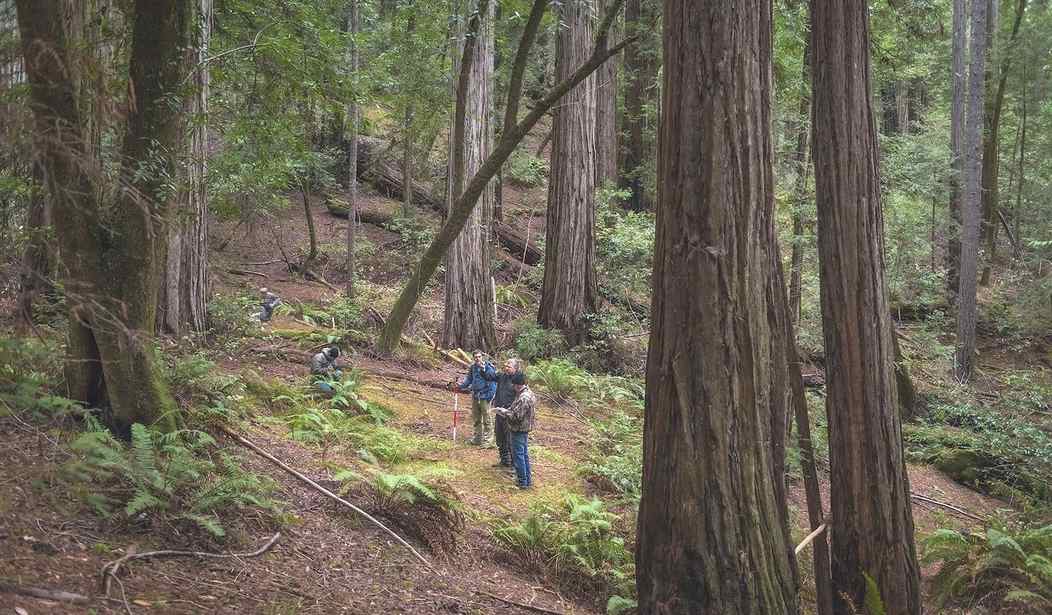Environmentalist Mike Shellenberger knows the redwood. His involvement in helping protect an old-growth private grove began in the 1990’s.
In August, he debunked claims by The New York Times, The New Yorker Magazine, and others that this summer’s wildfires had devastated the mighty conifer. According to CBS News’ Jonathan Vigliotti, “Now human-caused climate change has damaged or destroyed many of these ancient giants.”
Climate change. Of course.
Undeterred, The New York Times is at it again:
The New York Times is claiming in a long, front-page story today that recent fires killed "countless ancient redwoods" in California
The claim is false and should be immediately corrected
There is no evidence that the fire killed even a single ancient redwood tree
THREAD pic.twitter.com/nFaQ1ECI8M
— Mike Shellenberger (@ShellenbergerMD) December 11, 2020
As Shellenberger wrote back in August:
But every school child who has visited one of California’s redwood parks knows from reading the signs at the visitor’s center and in front of the trailheads that old-growth redwood forests need fire to survive and thrive.
Heat from fire is required for the release and germination of redwood seeds, and to burn up the woody debris on the forest floor. The thick bark on old-growth redwood trees provides evidence of many past fires.
And, indeed, video footage taken by two San Jose Mercury News reporters, who hiked into Big Basin after the fire, shows the vast majority of trees still standing. What was burned up was the visitor’s center and other park infrastructure.
Even Slate agreed:
“Fire is a natural part of the redwood ecosystem,” says Anthony Ambrose, a forest ecologist and redwood expert. …“They have thick bark. They have tannins and chemical compounds that make them fire-resistant. One really important adaptation that redwoods have with regard to fire is their ability to re-sprout. So even if an individual coast redwood gets pretty severely burned, they have an incredible ability to regrow.” … Still, it’s likely the trees will be OK, for now. We should consider the redwoods one less thing to worry about in a year that has already taken so much.
The Times’ concern extends to the giant sequoia, but according to Bruce M. Kilgore, a National Park Service scientist in the Western Regional Office:
In all probability, giant sequoia and various pines of the Sierra survive today because of the role fire plays in the various forest types. National Park Service management policies are aimed at restoring fire, as nearly as possible, to its natural role in Sierran conifer forests. This is being accomplished by prescribed burning at lower and middle elevation types and by allowing lightning fires to burn in higher elevation forests.
This is not an isolated phenomenon. Here in my neck of the woods the Nature Conservancy holds prescribed burns to protect the native longleaf pine, which also depends on fire as part of its natural life cycle.
The environmental movement needs icons (the giant panda, the koala, the polar bear) to sell its emotional narrative. But protection of the environment requires allocation of resources and wise management. These decisions must be based on facts and informed by the best science available.













Join the conversation as a VIP Member